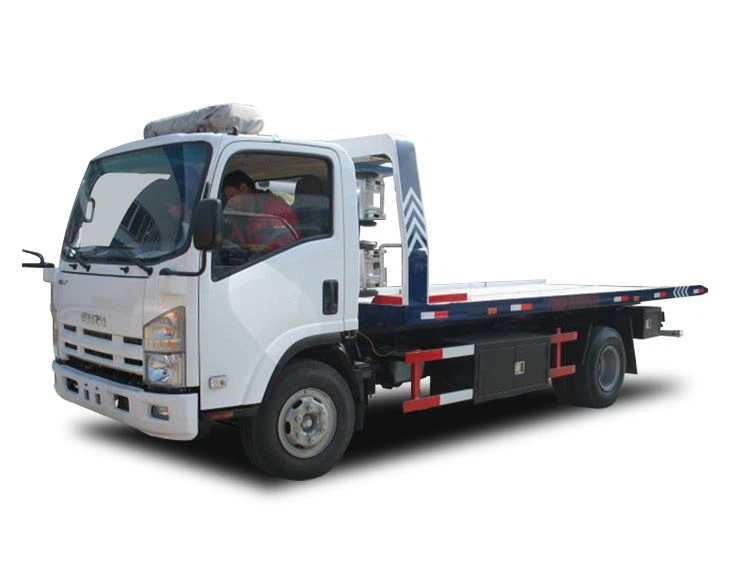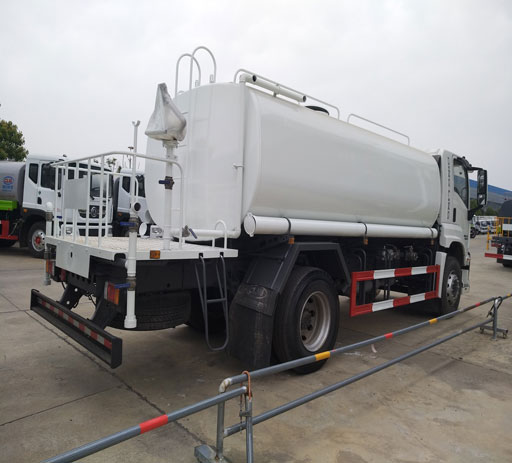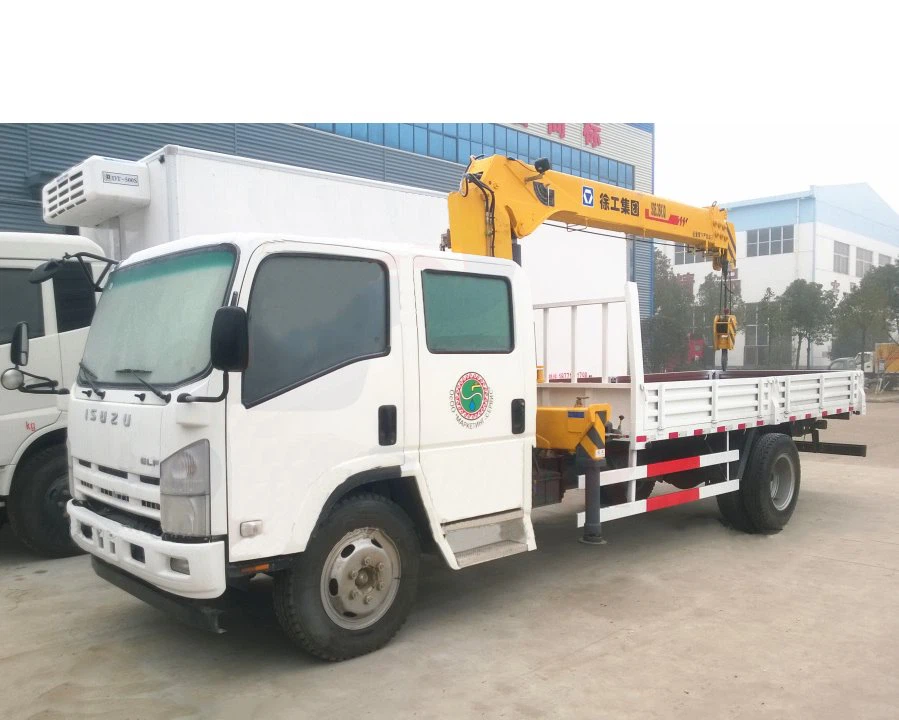Hackers Packers: The Essential Guide to a Successful Move

Introduction
Moving to a new home can be an exciting yet stressful experience. One of the most daunting aspects of relocation is finding reliable packing solutions. Enter “hackers packers,” a term that has recently gained traction among individuals looking to optimize their moving process with the help of technology and clever strategies. In this article, we’ll explore what hackers packers are, how they can simplify your move, and provide practical tips to maximize your efficiency. From understanding their services to leveraging innovative tools, this guide will ensure you navigate your next move with ease.

What Are Hackers Packers?
Hackers packers combine traditional packing techniques with modern technology and innovative approaches to streamline the moving process. This term encompasses a wide range of services, resources, and tools designed to help individuals pack efficiently and effectively. Hackers packers are not limited to professional movers; they can also be DIY enthusiasts who use unique strategies to accomplish their packing goals.
Guiding Principles of Hackers Packers
- Efficiency: Using strategies and tools that save time and reduce wasted movements.
- Organization: Implementing systematic approaches to help locate items easily.
- Innovation: Leveraging technology and creative packing techniques for enhanced effectiveness.
Choosing the Right Packing Supplies
Before diving into the packing process, it’s essential to gather the right supplies. Here’s a list of packing materials you might need:
Essential Packing Materials
| Item | Purpose | Where to Buy |
|---|---|---|
| Cardboard Boxes | Storing items securely | Moving supply stores, online retailers |
| Bubble Wrap | Protecting fragile items | Office supply stores, online retailers |
| Packing Tape | Sealing boxes | Hardware stores, online retailers |
| Markers | Labeling boxes | Office supply stores |
| Plastic Wrap | Wrapping furniture and appliances | Moving supply stores |
| Furniture Pads | Protecting large items | Moving supply stores |
Organizing Your Packing Process
A well-organized packing strategy is crucial for a smooth moving experience. Here are some practical tips for organizing your packing process.
Creating a Packing Timeline

Establish a timeline to schedule when to pack different areas of your home. A suggested timeline is:
- 4 Weeks Before: Start decluttering and sorting items.
- 3 Weeks Before: Begin packing non-essential items like seasonal clothes.
- 2 Weeks Before: Pack less frequently used items such as books and decor.
- 1 Week Before: Pack essentials and finalize packing.
Room-by-Room Strategy
Pack items one room at a time. This allows you to maintain organization and reduces the likelihood of losing items. Use color-coded labels for boxes from different rooms.
Labeling Boxes Effectively
Clear labeling is essential for an efficient unpacking process. Include:
- The room the box belongs to.
- A brief description of the contents.
- Notes on whether the items are fragile.
Utilizing Technology to Pack Efficiently
With the advancement of technology, packing has become increasingly easier. Here are some technological tools that hackers packers use to streamline the process.
Smart Packing Apps
Several apps can assist in planning and executing your move:
- Sortly: A visual inventory management app that helps track your packed boxes.
- Moving Day: A comprehensive app that guides you through your moving checklist.
- PackPoint: An app designed to help you pack for trips, which can apply to moving as well.
Using Digital Inventory Lists
Maintain a digital inventory of items being packed. This can be accomplished using spreadsheet applications or specialized inventory apps, which can make tracking your valued possessions easier.
Packing Techniques from Hackers Packers
Adapt some unique strategies from hackers packers to optimize your packing.
Space-Saving Techniques
- Rolling Clothes: Instead of folding, roll your clothes to save space and reduce wrinkles.
- Using Suitcases: Pack items in suitcases for dual use while moving.
Utilizing Household Items for Packing
Get creative with what you have at home:
- Use towels and blankets to wrap fragile items.
- Fill pots with smaller items.
Moving Furniture Efficiently
Disassemble furniture if possible, and keep small parts in labeled bags attached to the furniture to avoid losing them during the move.
Choosing the Right Moving Company
If your move requires professional assistance, selecting the right moving company is imperative. Here’s how to make an informed choice:
Factors to Consider
- Reputation: Research reviews and ratings of moving companies.
- Insurance: Verify that the company offers adequate insurance coverage.
- Cost Estimates: Get quotes from multiple companies and compare services.
Questions to Ask Your Movers
- What additional services do you offer?
- How do you handle fragile items?
- What is your cancellation policy?

Unpacking and Settling In
Once you have successfully moved, it’s time to unpack. Here are ways to do it effectively:
Prioritizing Unpacking
Begin with essentials that you will need right away, such as:
- Bedding and toiletries
- Kitchenware
Organizing Your New Space
As you unpack, take the time to place items where they make the most sense for functionality and aesthetic. Consider whether certain items can be donated or repurposed.
Frequently Asked Questions (FAQ)
1. What is the best way to pack fragile items?
Wrap fragile items in bubble wrap, towels, or clothing. Fill empty spaces in boxes with packing peanuts or crumpled paper to prevent movement.
2. Should I hire a moving company or do it myself?
It depends on your comfort level and the complexity of the move. For shorter moves or fewer items, DIY might be manageable, but for larger undertakings, hiring professionals can save time and effort.
3. How far in advance should I start packing?
Start packing at least a month in advance, focusing on non-essential items first. This will help reduce stress as the moving date approaches.
4. Can I use recycled boxes for packing?
Yes, recycled boxes can be a cost-effective and environmentally friendly option for packing, provided they are sturdy and clean.
5. How can I prevent items from getting lost during the move?
Keep an inventory list of packed items, label boxes clearly, and use a color-coding system to distinguish items from different rooms.
6. What should I do if an item is damaged during the move?
Contact your moving company immediately if you have a dispute regarding damage. If you purchased insurance, file a claim following their guidelines.
